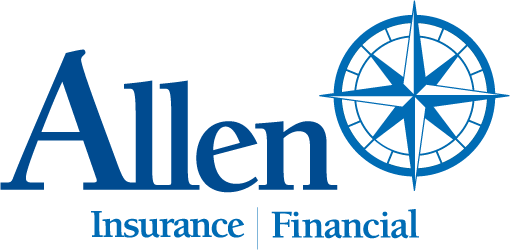By Sarah Ruef-Lindquist
For as many years as I can recall, when a party to a divorce was ordered to pay alimony, their “consolation prize” was that the amount was deductible for federal income tax purposes. This was usually tax efficient for the parties overall, since the payor of the alimony was usually in a higher tax bracket than the recipient, so the net that the recipient received was higher than it would be if the payor had to pay the tax. The recipient of the alimony had to treat it as taxable income on their federal return. It was actually considered earned income.
With the December 2017 Tax Reform signed into law, all of that will change.
For divorces after 2018, the payor of alimony will no longer be able to deduct the amount from their income. Additionally, the payee, or recipient of the alimony, will no longer be taxed on it as income. What is ironic about this is that for years, the tax benefit was given to the higher earner, the one who was paying the alimony. That made sense. Essentially, one could view this change as a tax increase, because the tax liability of the payor in most divorce situations is likely greater than that of the payee, or recipient. This could be viewed as a tax increase overall for those who divorce after 2018.
For those whose 2018 and earlier divorce decrees are modified after the end of 2018, the modification must choose which tax treatment they want, or it will default to the old. Parties negotiating their alimony going forward should be mindful of this new treatment. In proceedings for which there is no decree before the end of 2018, payee spouses can reasonably anticipate that payor spouses will try to have their alimony obligation reduced to reflect the loss of the deduction, but at the same time, the payee spouse does not need to take into account a federal tax obligation for the alimony as income. It is unclear how Maine plans to treat alimony for payees.
What is clear is that recipients of alimony can no longer treat it as earned income for the purposes of establishing eligibility for making contributions to an IRA. In other words, if you receive alimony under a decree dated after 2018, you can’t claim it as earned income to allow you to make IRA contributions to help you save for retirement. One may make contributions to an IRA (up to $5,500 per year, or $6,500 if you are 50 or older) but only to the extent of earned income.
As with any financial decisions, be sure to check with your financial or legal advisor about the impact on your tax liability of any decree relating to your domestic relations situation.







